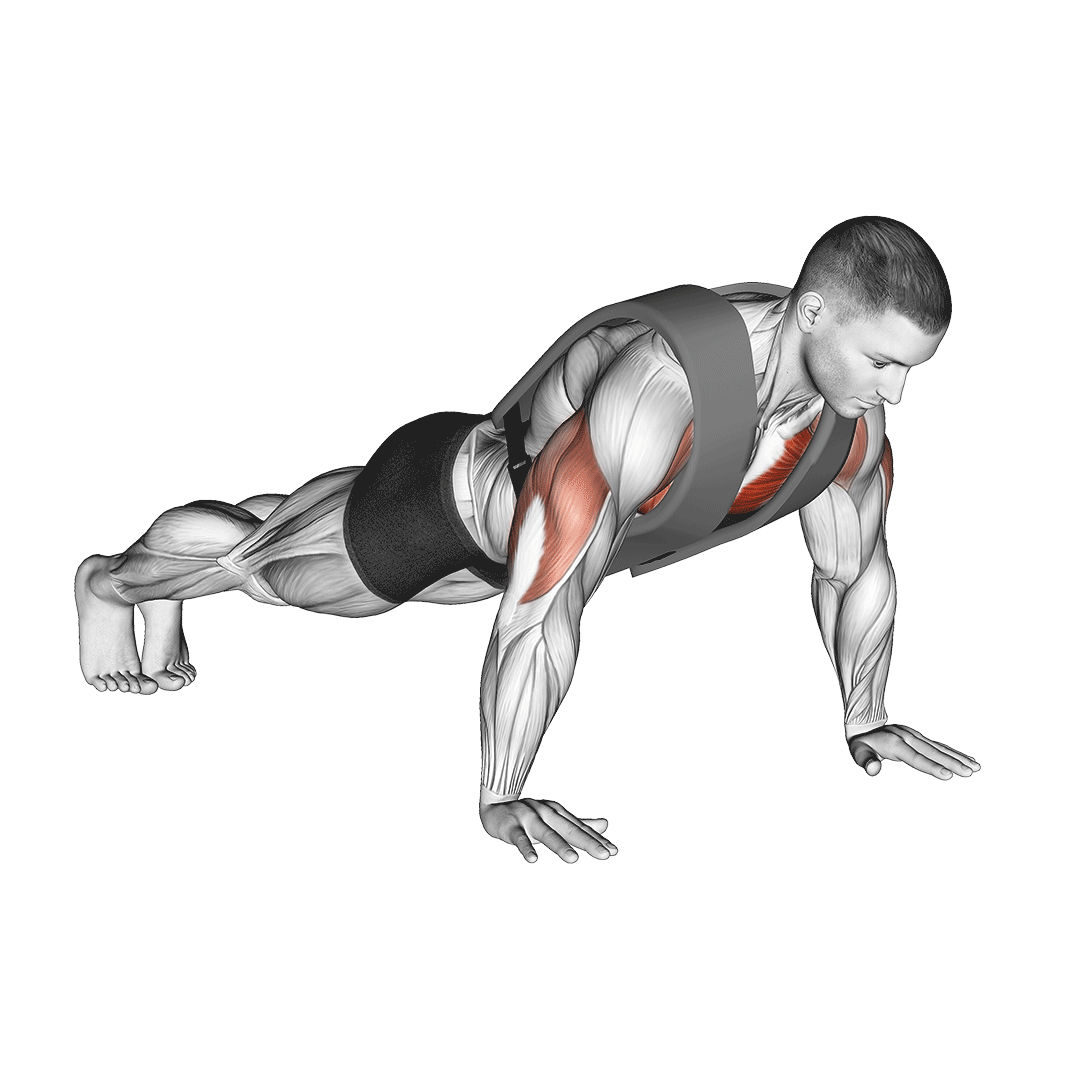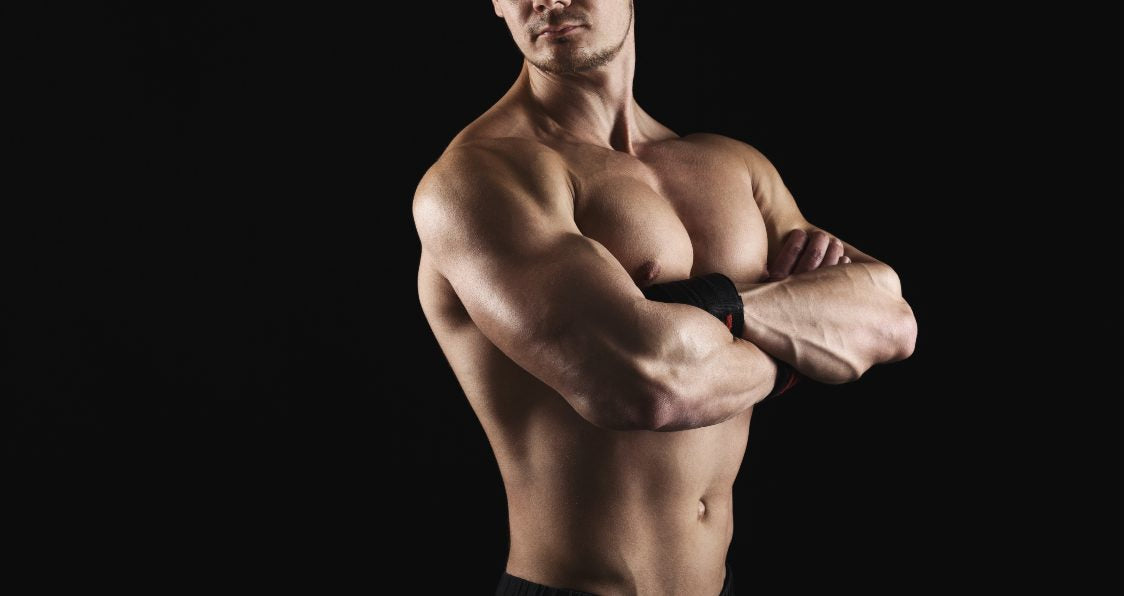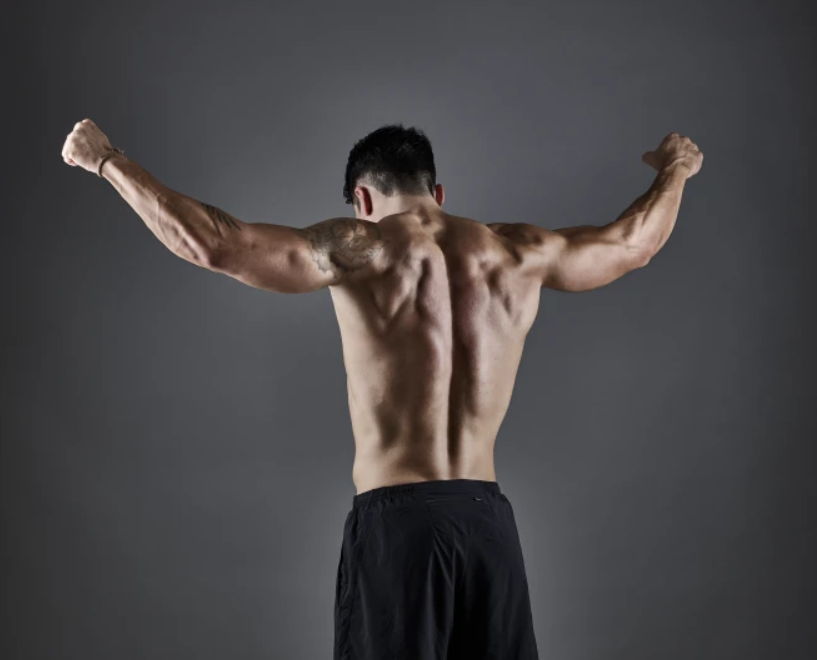Push-ups are a foundational bodyweight exercise, but to truly amplify your strength and muscle-building potential, consider incorporating a weighted vest into your routine. This comprehensive guide will explore the benefits of adding resistance to your push-ups, the muscles that stand to gain the most, and a step-by-step guide on how to perform this challenging yet rewarding exercise. Additionally, we'll delve into the importance of warming up before engaging in weighted push-ups and help you decide if a weighted vest is the right choice for you.
Choosing the Right Weighted Vest
Before investing in a weighted vest, consider the following factors:
Adjustability, Opt for a vest with adjustable weight increments to tailor the resistance to your fitness level.
Comfort and Fit, Look for a vest with secure closures and adjustable straps to ensure a snug and comfortable fit during movement.
Weight Capacity, Check the maximum weight capacity of the vest to accommodate your strength progression.
Distribution of Weight, A well-designed vest distributes weight evenly to avoid strain on specific areas and promote balanced muscle engagement.
Durability, Choose a vest made from durable materials that can withstand regular use and the additional weight.
Warm-Up Techniques
Ensuring an effective and injury-free push-up session begins with the right warm-up techniques. Preparing your muscles and joints for the demands of push-ups not only enhances performance but also reduces the risk of strains and injuries.
Discover the key warm-up strategies tailored to optimise your push-up routine and elevate your upper body training experience.
Dynamic Stretches
Arm circles, shoulder rolls, and neck tilts to increase blood flow to the upper body.
Cardiovascular Warm-Up
5-10 minutes of light cardio, such as jogging in place or jumping jacks, to elevate heart rate and warm the entire body.
Joint Mobilisation
Gentle movements to mobilise the wrists, shoulders, and elbows, preparing them for the pushing motion.
How to Perform Weighted Vest Push-Ups
Preparation
- Securely wear a weighted vest with an appropriate amount of resistance.
- Choose a flat, stable surface for your push-ups.
Body Position
Start in a plank position with your hands placed slightly wider than shoulder-width apart.
Execution
- Lower your body toward the ground by bending your elbows while maintaining a straight line from head to heels.
- Aim for a full range of motion, bringing your chest close to the ground.
- Push through your palms to return to the starting position.
Breathing
- Inhale as you lower your body.
- Exhale as you push back up.
Repetition and Sets
- Begin with a weight that challenges you but allows for proper form.
- Aim for 3 sets of 8-12 repetitions, adjusting the weight as needed.
Benefits of Weighted Vest Push-Ups
Increased Strength, Weighted vest pushups intensify the workload on chest, shoulders, and triceps, leading to enhanced upper body strength.
Improved Muscle Engagement, The additional resistance engages major muscle groups like pectoralis major, deltoids, and triceps more intensely, promoting muscle development.
Enhanced Core Activation, Performing pushups with a weighted vest requires greater core engagement for stability, contributing to improved core strength.
Caloric Burn and Faster Fat Loss, The heightened intensity of weighted vest pushups increases calorie burn, aiding in fat loss when incorporated into a well-rounded fitness routine.
Progressive Overload,As you become stronger, you can gradually increase the weight of the vest, allowing for a progressive overload that is crucial for ongoing muscle development.
Caloric Burn and Metabolism Boost,The added challenge of the weighted vest elevates your heart rate, contributing to increased calorie burn during and after the workout, supporting weight management goals.
Muscles Targeted
Chest (Pectoralis Major and Minor): Primary movers during the upward phase of the push-up.
Benefits: The primary movers during the upward phase of the push-up, the chest muscles experience increased resistance, leading to greater muscle activation and development. Weighted push-ups contribute to enhanced chest strength, shape, and definition.
Shoulders (Deltoids): Actively engaged in stabilising the movement and lifting the body.
Benefits: The deltoids are actively engaged in stabilising the movement and lifting the body. The added resistance from the weighted vest places more demand on the shoulder muscles, leading to improved shoulder stability and definition. This can contribute to a more sculpted and well-rounded shoulder appearance.
Triceps Brachii: This muscle gets Involved in extending the elbow during the pushing phase.
Benefits: The triceps brachii is involved in extending the elbow during the pushing phase of the push-up. With the added resistance, the triceps experience increased tension and engagement, promoting greater strength and toning. Weighted push-ups can contribute to well-defined triceps and overall arm development.
Serratus Anterior:This muscle Stabilises the shoulder blades, enhancing scapular movement.
Benefits: The serratus anterior stabilises the shoulder blades, enhancing scapular movement. With the weighted vest, this muscle is challenged to a greater extent, leading to improved scapular stability. Strengthening the serratus anterior can contribute to better shoulder function and reduced risk of shoulder injuries.
Core Muscles: Core Muscles Engaged to maintain a straight body position throughout the exercise.
Benefits: Engaging the core is crucial to maintaining a straight body position throughout the exercise. The additional load from the weighted vest requires greater core activation for stability. Weighted push-ups are effective in targeting the abdominal muscles, obliques, and lower back, leading to improved core strength and stability.
Frequently Asked Questions (FAQs) When Exercising with Weighted Vests
Q: Are weighted vests suitable for beginners?
A: Weighted vests can be used by beginners, but it's crucial to start with lighter weights and gradually progress to avoid overloading muscles and joints.
Q: How do I choose the right weight for my vest?
A: Begin with a weight that challenges you without compromising form. As a guideline, choose a vest that allows you to complete your desired reps with proper technique while still feeling resistance.
Q: Can I wear a weighted vest every day?
A: While daily use may be possible, it's recommended to allow for sufficient recovery time between sessions, especially if the workouts are intense. Listen to your body and incorporate rest days.
Q: Are weighted vests suitable for cardiovascular exercises?
A: Yes, weighted vests can enhance the intensity of cardiovascular exercises like walking, running, or jumping jacks. However, start with lighter weights and gradually increase to avoid excessive strain.
Q: Is there an ideal duration for weighted vest workouts?
A: The duration depends on your fitness level and the type of exercises. Beginners may start with shorter sessions (15-30 minutes), while advanced individuals can extend their workouts up to an hour.
Q: Can weighted vests help with fat loss?
A: Yes, adding resistance with a weighted vest increases calorie burn, contributing to fat loss. Combined with a balanced diet, it can be effective in achieving weight loss goals.
Q: Do weighted vests improve bone density?
A: Weighted vest workouts can contribute to increased bone density, especially in weight-bearing exercises. This can be beneficial for bone health and may reduce the risk of osteoporosis.
Remember, individual responses to weighted vest workouts vary, and it's advisable to consult with a fitness professional or healthcare provider for personalised guidance based on your specific needs and conditions.
Insights from Mike,A Personal Trainer
"In my years of guiding individuals toward their fitness goals, I've witnessed the transformative power that well-structured workouts, coupled with strategic equipment use, can have on one's physique and strength. Weighted vests are a game-changer, particularly for exercises like pushups. What makes them remarkable is the simplicity of adding resistance to bodyweight movements, intensifying the challenge.
When it comes to pushups, the benefits are multifaceted. The additional load engages key muscle groups like the chest, shoulders, and triceps more intensely, fostering muscle growth and definition. The weighted vest acts as a catalyst for strength gains, making each repetition a step toward a more robust upper body.
Moreover, incorporating a weighted vest in pushups enhances the demands on the core, promoting stability throughout the movement. It's not just about the number of pushups; it's about performing them with precision and control. Clients under my guidance have embraced this tool to break plateaus, sculpt their physique, and infuse variety into their routines.However, as with any fitness equipment, proper form and gradual progression are paramount. I always emphasise starting with a manageable weight and progressively increasing it. This ensures that the muscles adapt effectively and supporting structures, like tendons and joints, strengthen in harmony.
Weighted vests are versatile, adaptable to various fitness levels, and a valuable asset for anyone looking to optimise their bodyweight exercises. As a personal trainer, witnessing clients achieve new heights in their fitness journey through the strategic use of tools like weighted vests is undeniably rewarding."
Conclusion
In conclusion, weighted vest push-ups offer a dynamic and effective way to elevate your upper body workout. By understanding the benefits, targeting muscles, and following proper techniques, you can integrate this challenging exercise into your routine for continued strength and fitness gains.
Always prioritise safety, proper form, and individual fitness levels when incorporating new elements into your workout regimen.











